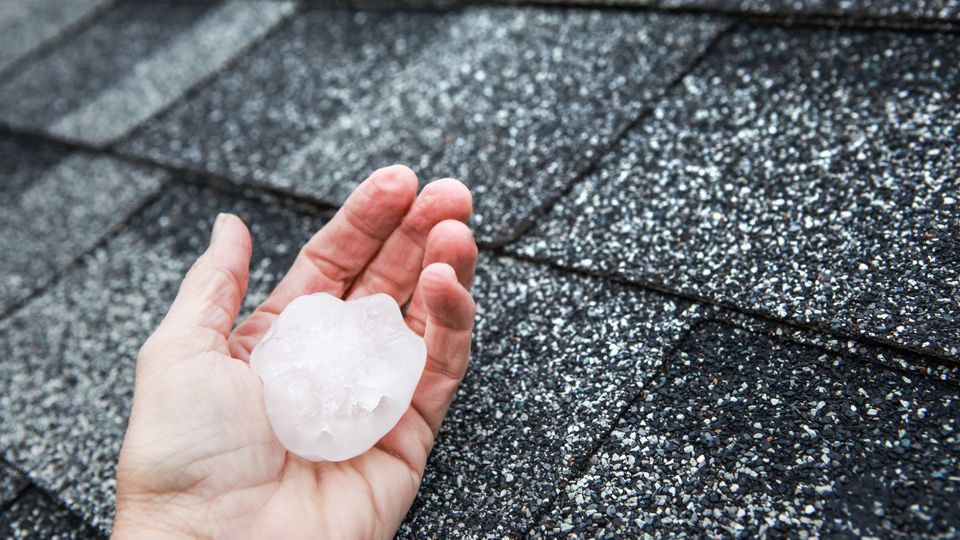

Hail storms can wreak havoc on your home, causing significant roof damage that requires immediate attention. Understanding how to manage, repair, and prevent hail damage is crucial for protecting your investment and ensuring your home’s safety. With so much information online, knowing where to start can feel overwhelming.
That's why we've created this hail damage roof guide—a one-stop resource designed to help homeowners like you. Whether you're looking to assess roof hail damage, work with your insurance company, or explore roof replacement options, we’ve got everything you need.
That's why we've created this hail damage roof guide—a one-stop resource designed to help homeowners like you. Whether you're looking to assess roof hail damage, work with your insurance company, or explore roof replacement options, we’ve got everything you need.
Choosing Hail Damage Professional Roofing Contractors
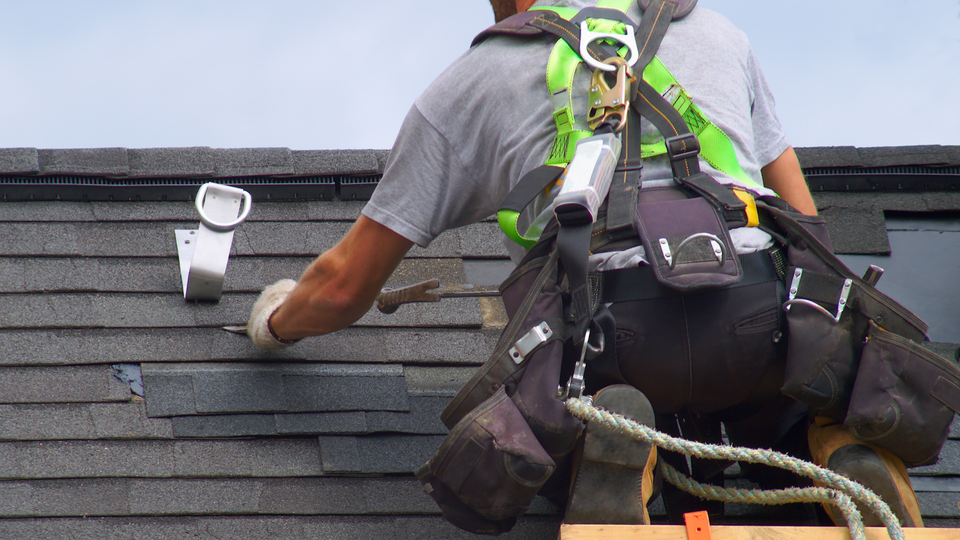
Not all contractors are created equal, and choosing the right professional roofing company is one of the most important decisions you can make when it comes to maintaining or repairing your home. Your roof is your first line of defense against the elements, and it plays a critical role in protecting your family and your property. Whether you need minor repairs, a full roof replacement, or specialized services like hail damage repair, hiring a skilled and qualified contractor is essential to ensure the job is done correctly and to the highest standards.
By taking the time to carefully evaluate your options and make the right choice, you’re not just repairing or replacing your roof—you’re investing in the long-term protection and value of your home.
Read more in the full article on Choosing Hail Damage Roofing Contractors, where we walk you through red flags to watch for, key questions to ask, and why local expertise matters.
Quick tip: Avoid contractors who offer door-to-door “specials” after a hail storm. Quality, reputable contractors never rely on high-pressure sales tactics.
Take Your Time and Verify Credentials
When selecting a roofing company, it’s important to do your research and take your time to make an informed decision. A reputable contractor will have the proper licensing and insurance, which not only ensures their credibility but also protects you as a homeowner. Verifying these credentials is a crucial first step in narrowing down your options. Additionally, reading reviews from previous customers can offer valuable insights into the company’s reliability, quality of work, and commitment to customer satisfaction. Positive feedback can give you peace of mind, while negative reviews can serve as a warning to proceed with caution.Choose a Contractor with Specialized Expertise
Another key factor to consider is the contractor’s experience with specific issues. For example, if your roof damage was caused by hail, it’s vital to work with a company that has proven expertise in handling hail damage repairs. This type of work often requires specialized skills and materials, making it critical to partner with a contractor who understands the nuances of these kinds of repairs. Without this expertise, your roof may not be properly restored, potentially leading to further damage down the line.Make a Long-Term Investment in Your Home
Choosing the right roofing company is not just about completing the immediate job—it’s about making a long-term investment in the safety, durability, and structural integrity of your home. A reliable contractor will walk you through every step of the process, from the initial inspection and estimate to the final touches of the project. They will use high-quality materials, adhere to industry best practices, and prioritize clear communication to keep you informed and at ease.By taking the time to carefully evaluate your options and make the right choice, you’re not just repairing or replacing your roof—you’re investing in the long-term protection and value of your home.
Read more in the full article on Choosing Hail Damage Roofing Contractors, where we walk you through red flags to watch for, key questions to ask, and why local expertise matters.
Quick tip: Avoid contractors who offer door-to-door “specials” after a hail storm. Quality, reputable contractors never rely on high-pressure sales tactics.
Top Hail Damage Roofing Companies
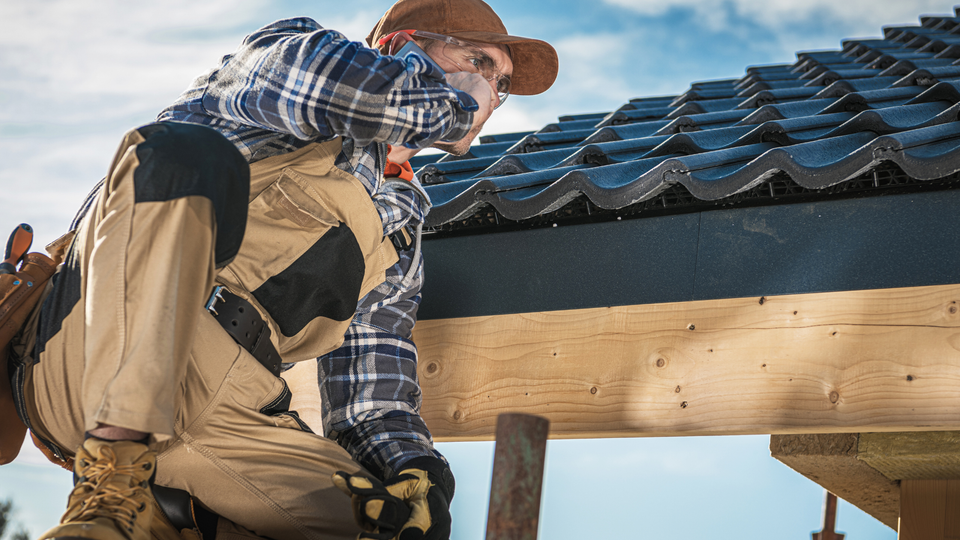
Choosing the right roofing company can seem overwhelming, but knowing what to look for can significantly simplify the process and help you make an informed decision.
Don’t rush the decision; take the time to carefully evaluate your options and weigh the pros and cons of each. Remember, the right roofing company is an investment in the safety and longevity of your home.
Explore the full list of recommendations in the article Top Hail Damage Roofing Companies.
Consider Pricing Carefully
While it may be tempting to go for the cheapest option, it’s important to remember that “you get what you pay for.” Instead of focusing solely on the lowest price, look for competitive pricing that balances cost with quality. A good roofing company will provide fair value for their work, ensuring durability and quality craftsmanship without cutting corners.Look for Transparency
Transparency is another key factor to look for. A reliable roofing company should be upfront about their warranties, offering clear documentation that explains exactly what’s covered, under what conditions, and for how long. A comprehensive, easy-to-understand warranty gives you peace of mind and ensures you’re protected in case any issues arise in the future.Check for a Proven Track Record
A proven track record is essential when evaluating potential roofing companies. Take the time to research their reputation by reading reviews and testimonials from previous customers. Look for examples of past projects, and ask to see a portfolio showcasing their work. A trustworthy company will have no problem providing references so you can directly hear from satisfied clients about their experience.Verify Licensing and Insurance
Make sure to verify the company’s licensing and insurance. Proper licensing ensures that the crew is qualified to perform the work, while insurance protects both you and the workers in the event of an accident on the job. Without these, you could end up liable for damages or injuries, which is a risk you don’t want to take.Request Multiple Quotes
When comparing companies, it’s a good idea to request multiple quotes. This allows you to compare not only the price but also the quality of materials, proposed timelines, and the scope of work being offered. Don’t hesitate to ask about their process—how they handle inspections, secure necessary permits, and manage cleanup once the job is completed. These details can give you a clearer picture of their level of professionalism and attention to detail.Don’t rush the decision; take the time to carefully evaluate your options and weigh the pros and cons of each. Remember, the right roofing company is an investment in the safety and longevity of your home.
Explore the full list of recommendations in the article Top Hail Damage Roofing Companies.
Metal Roof Hail Damage Myths and Realities

Metal roofs are commonly celebrated for their exceptional durability, and their reputation for being nearly indestructible often makes them a popular choice among homeowners seeking long-lasting roofing solutions. However, there are several misconceptions surrounding how well metal roofs actually perform during severe weather events, particularly hail storms. While it’s true that metal roofs are far more durable than traditional roofing materials like asphalt shingles, wood shingles, or even tile roofing, it’s important to recognize that they are not entirely immune to damage.
Ultimately, while metal roofs are not perfect and may exhibit some minor flaws after a hail storm, their unparalleled durability and ability to withstand heavy impacts without compromising the safety and functionality of the home make them an excellent choice for long-term roof protection.
Dive into the detailed article Metal Roof Hail Damage Myths and Realities to separate fact from fiction, helping you decide if metal roofing materials are right for you.
Cosmetic Impact of Hail Storms on Metal Roofs
Hail storms, depending on their intensity and the size of the hailstones, can still cause aesthetic issues such as dents, dings, or minor surface imperfections on a metal roof. The extent of this damage is often influenced by factors such as the thickness and type of metal used in the roofing material, as well as the angle and slope of the roof. Thicker and higher-quality metal roofs tend to fare better against hail impacts, reducing the likelihood of visible damage.Structural Durability of Metal Roofs
Despite these potential cosmetic flaws, it’s worth noting that metal roofs excel when it comes to maintaining their structural integrity. Unlike traditional roofing materials that may crack, warp, or degrade under heavy impacts, metal roofs remain strong and intact, continuing to protect the home effectively even after a severe storm.Weather Resistance Advantages of Metal Roofing
Another advantage of metal roofing is its ability to resist other common weather-related issues such as water leakage, wind damage, and fire hazards, making it one of the most resilient options available for homeowners who live in areas prone to extreme weather conditions. Additionally, advancements in metal roofing technology have introduced protective coatings and finishes that can enhance the material’s resistance to dents and weathering, further improving its performance during challenging conditions.Ultimately, while metal roofs are not perfect and may exhibit some minor flaws after a hail storm, their unparalleled durability and ability to withstand heavy impacts without compromising the safety and functionality of the home make them an excellent choice for long-term roof protection.
Dive into the detailed article Metal Roof Hail Damage Myths and Realities to separate fact from fiction, helping you decide if metal roofing materials are right for you.
Hail Damage Roof guide: Assessing Roof Replacement Needs
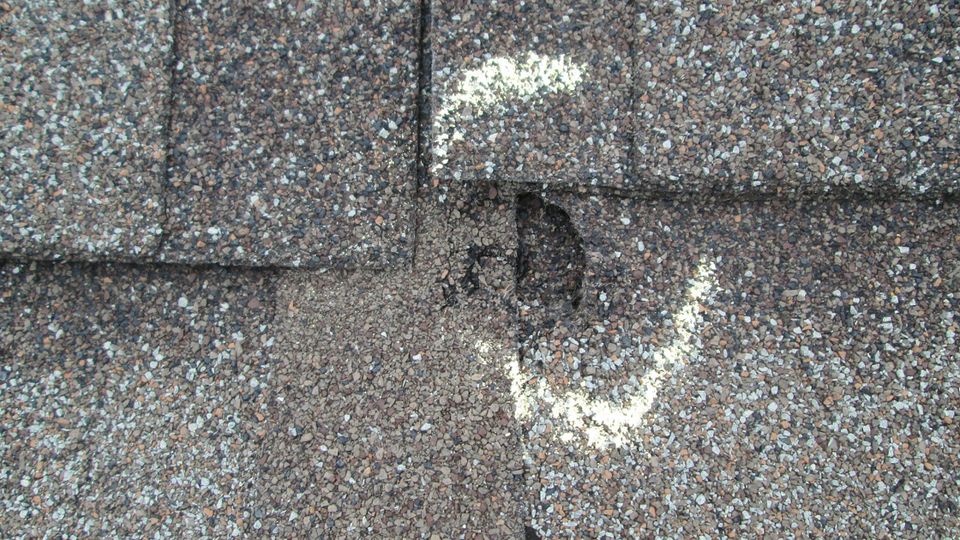
Are you wondering how much hail damage your roof can handle before it becomes a serious problem? The truth is, hailstorms can cause more damage to your roof than you might realize, and often, the signs of that damage can go unnoticed until it’s too late. Your roof is your home’s first line of defense against the elements, and recognizing the signs of roof hail damage early on is essential to protecting both your home and your peace of mind.
Don’t wait until it’s too late to deal with potential hail damage. Protect your roof, your home, and your family by staying vigilant and addressing any signs of damage promptly. Hailstorms can be unpredictable, but your preparedness doesn’t have to be.
Find practical advice in the full article Assessing Roof Replacement Needs.
Did you know? On average, asphalt shingles last 20–30 years, but hail storms can shorten their lifespan significantly. Inspecting after storms is a must.
Small Problems Can Lead to Big Issues
It's not always easy to spot roof hail damage. Often, small dents, cracks, or missing shingles might seem like minor issues that can be overlooked. However, these seemingly small problems can quickly snowball into bigger ones if left unchecked. What might look like a harmless crack or missing shingle could eventually lead to water leaks, mold growth, structural damage, and even more costly repairs down the line. Hail impact doesn’t just stop at your roof—it can affect the overall structural integrity of your home, leading to significant financial and emotional stress if not dealt with promptly.The Importance of Acting Quickly
Taking action sooner rather than later is key. If you repair hail damage as soon as it happens, you can prevent minor issues from escalating into major, expensive headaches. Regular inspections and timely repairs ensure that your roof remains strong, durable, and fully capable of withstanding the wear and tear of extreme weather conditions. A proactive approach not only saves you time and money in the long run but also gives you the confidence that your home is fully protected.Don’t wait until it’s too late to deal with potential hail damage. Protect your roof, your home, and your family by staying vigilant and addressing any signs of damage promptly. Hailstorms can be unpredictable, but your preparedness doesn’t have to be.
Find practical advice in the full article Assessing Roof Replacement Needs.
Did you know? On average, asphalt shingles last 20–30 years, but hail storms can shorten their lifespan significantly. Inspecting after storms is a must.
Roof Inspection for Insurance Claims

Working with your insurance company can be overwhelming, which is why a detailed roof inspection is essential. Learn what to spot, document, and share with insurers to strengthen your claim.
The article Roof Inspection for Insurance Claims provides a step-by-step guide, so you’re prepared when it matters most.
The article Roof Inspection for Insurance Claims provides a step-by-step guide, so you’re prepared when it matters most.
Insurance Coverage for Older Roofs
Will your insurance company cover the cost of replacing a 15-year-old roof? The answer isn’t always simple. Coverage can depend on several factors, including the specific terms of your policy, the condition of your roof, and the type of damage it has sustained over time.
Understanding the details of your insurance policy is essential to avoid unpleasant surprises. Reviewing your coverage, discussing your options with your insurance provider, and keeping your roof well-maintained are all key steps to ensuring you're adequately protected.
Curious to know where you stand? Check out the article Insurance Coverage for Older Roofs for expert insights.
Quick tip: Some insurance policies only cover “actual cash value,” meaning depreciation could impact your payout. Always read the fine print.
How Insurance Policies Evaluate Roofs
Many insurance policies evaluate roofs based on their age, wear and tear, and whether any pre-existing damage exists. This means that if your roof has experienced significant aging or deterioration, your policy may only offer partial coverage—or it may exclude your roof altogether. In such cases, homeowners would have to bear the full cost of repairs or replacements out of pocket, which can be a major financial burden.The Impact of Policy Type
Another important factor to consider is the type of policy you have. For instance, replacement cost policies are designed to cover the cost of replacing the roof at its current value, regardless of age, while actual cash value policies will only reimburse you for the depreciated value of the roof. This difference can significantly affect the amount of money you receive when filing a claim. Additionally, some policies may have specific clauses or exclusions that apply to older roofs, such as requiring proof of regular maintenance or limiting payout amounts.Coverage for Natural Disasters vs. Wear and Tear
It's also worth noting that natural disasters or sudden accidents, like a fallen tree or hailstorm, are more likely to be covered than gradual wear and tear caused by aging or lack of upkeep. Insurance providers often expect homeowners to maintain their roofs and address minor issues before they escalate. Without proper maintenance records, filing a successful claim for an older roof can become even more challenging.Understanding the details of your insurance policy is essential to avoid unpleasant surprises. Reviewing your coverage, discussing your options with your insurance provider, and keeping your roof well-maintained are all key steps to ensuring you're adequately protected.
Curious to know where you stand? Check out the article Insurance Coverage for Older Roofs for expert insights.
Quick tip: Some insurance policies only cover “actual cash value,” meaning depreciation could impact your payout. Always read the fine print.
Handling Hail Damage as a New Homeowner
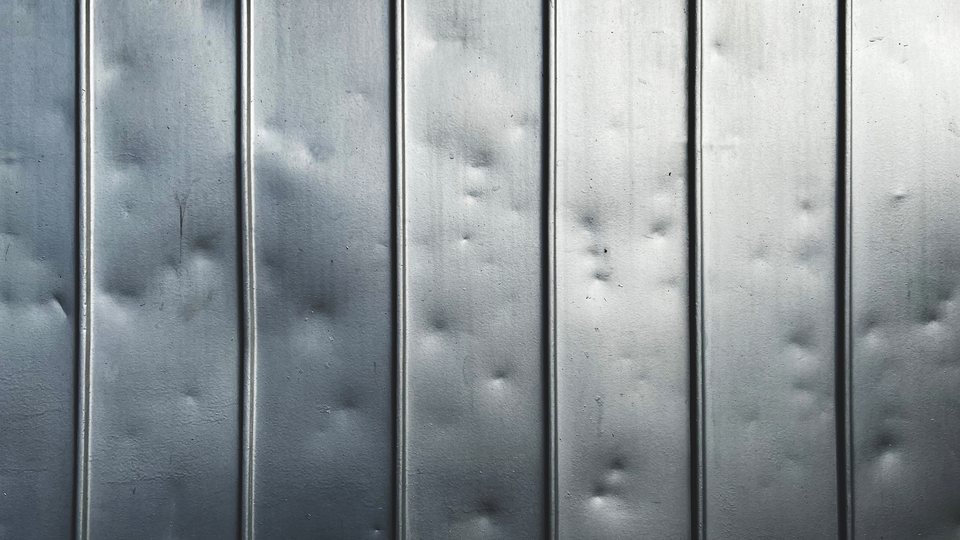
Becoming a new homeowner is an exciting milestone, but it often comes with unforeseen challenges, especially when nature throws in surprises like hailstorms. One common issue many new homeowners face is roof hail damage after their first major storm. Hail can cause significant wear and tear, leading to leaks, weakened structures, and costly repairs if not addressed promptly.
By understanding how to address roof hail damage, from identifying issues to selecting the best materials and working with your insurance, you can approach this challenge with confidence.
Discover more in Handling Hail Damage as a New Homeowner.
Inspect Your Roof for Hail Damage
If you suspect hail damage to your roof, the first step is to inspect it as soon as it’s safe. Look for visible signs like dents in metal flashing, cracked or missing shingles, or granules collecting in gutters. While some damage may be obvious, subtle issues can go unnoticed, potentially worsening over time. That’s why hiring a professional for a thorough inspection is a smart move.Choose the Right Roofing Materials
When it comes to managing repairs, it’s important to choose the right roofing materials. Some materials, like impact-resistant shingles, are designed to withstand hail better than others. While these options might cost more upfront, they can save you money in the long run by reducing the likelihood of future damage. Discuss your options with a roofing expert to find a balance between durability and budget.Communicate with Your Insurance Company
Another crucial step is communicating with your insurance company. Many homeowners' insurance policies cover hail damage, but navigating the claims process can be tricky. Document the damage with photos, keep records of repair estimates, and reach out to your insurer as soon as possible. Being proactive and organized can help ensure a smoother claims process and maximize your coverage.By understanding how to address roof hail damage, from identifying issues to selecting the best materials and working with your insurance, you can approach this challenge with confidence.
Discover more in Handling Hail Damage as a New Homeowner.
Protecting Your Roof Against Extreme Weather
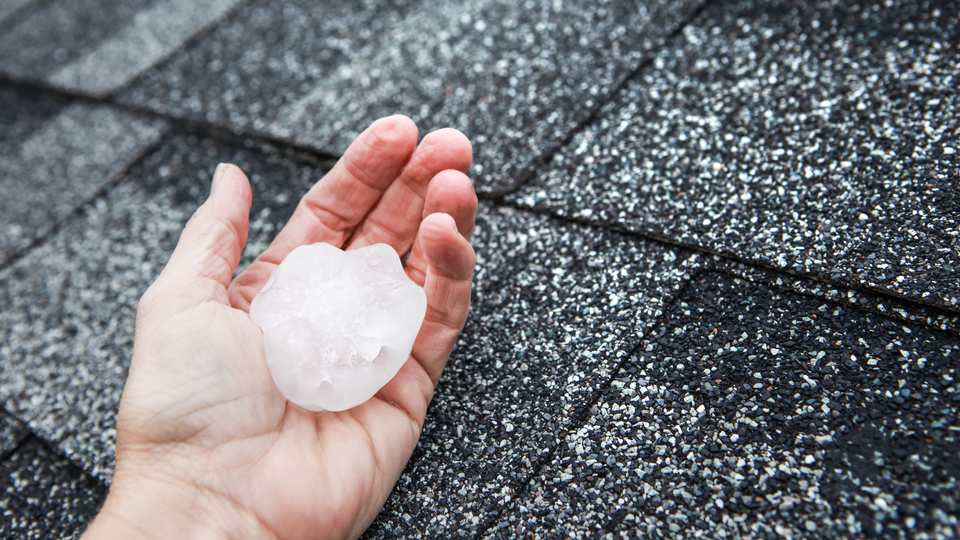
Storms and high winds can cause extensive damage to your roof, creating problems that often lead to expensive repairs if not addressed promptly. As your home’s first line of defense against the elements, your roof plays a critical role in protecting the structure of your house, your belongings, and most importantly, your family. This makes it essential to take proactive steps to safeguard it from potential damage before severe weather strikes.
Learn how to reinforce your roof against extreme conditions in this guide, Enhancing Roof Resilience.
Quick tip: Focus on durable materials such as metal roofing if you live in areas prone to hurricanes or hail damage.
Ensure Proper Installation of Roofing Underlayment
One key strategy is ensuring that your roofing underlayment, an additional protective layer beneath your shingles, is securely installed. This layer acts as a crucial barrier, providing extra protection against water infiltration and wind-related damage.Inspect Your Roof Regularly
Another preventative measure is to regularly inspect your roof for any signs of wear and tear, especially focusing on existing shingles. Look for cracks, curling, or missing shingles, as these are common indicators that your roof may be vulnerable to damage during the next storm.Maintain Your Roof to Prevent Damage
Additionally, trimming overhanging branches, cleaning out gutters to prevent water buildup, and checking flashing around chimneys and vents can all contribute to maintaining the strength and durability of your roof. Taking these steps not only extends the lifespan of your roof but also provides peace of mind during stormy weather.Learn how to reinforce your roof against extreme conditions in this guide, Enhancing Roof Resilience.
Quick tip: Focus on durable materials such as metal roofing if you live in areas prone to hurricanes or hail damage.
Your Complete Guide to Roof Hail Damage Replacement
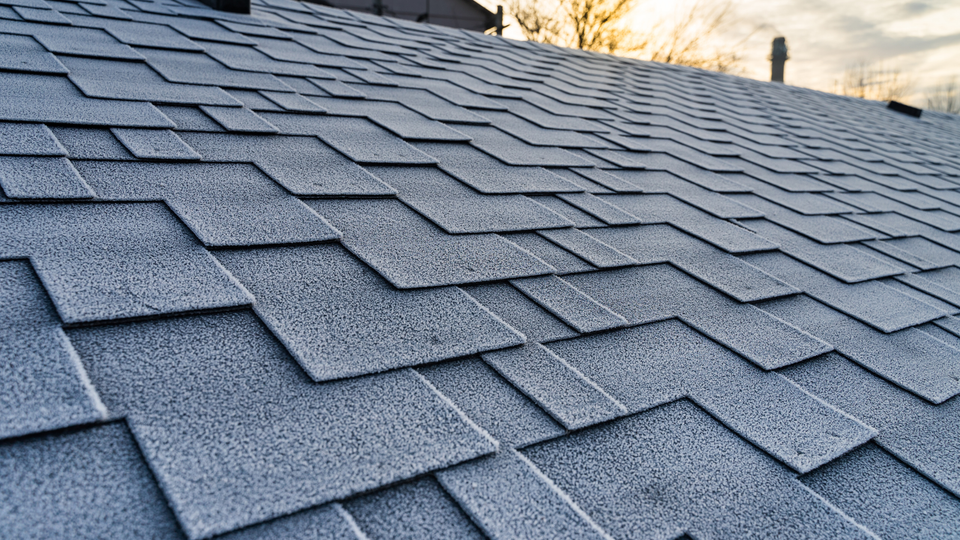
If hail damage has left your roof in need of a replacement, understanding the process can feel overwhelming.
Replacing your roof after hail damage is a significant investment, but with the right approach, you can ensure your home stays safe, secure, and stylish.
Get all the details in Your Complete Guide to Roof Hail Damage Replacement and learn how to make the most of your investment.
Step 1: Assess the Damage
The first step is assessing the damage. Hail can cause dents, cracks, or even dislodge shingles, leading to potential leaks and structural issues. A professional inspection is crucial to determine if a full replacement is necessary or if repairs might suffice.Step 2: Metal, Wood, or Asphalt Shingles? How to Choose the Right Materials
Once you’ve confirmed the need for a new roof, the next step is choosing the right materials. Asphalt shingles are a popular choice due to their affordability, durability, and wide range of styles. Alternatively, wood shingles offer a more natural aesthetic but require more maintenance. Other options, like metal or tile roofing, may provide longer-lasting protection but come at a higher initial cost. Carefully consider factors like budget, climate, and your home’s design when selecting materials.Step 3: Ensure Proper Installation
After deciding on materials, proper installation is key. Ensure you hire qualified contractors who follow industry best practices. Poor installations can lead to premature wear and tear, water damage, or voided warranties. Look for contractors with a strong reputation, valid licenses, and proper insurance.Step 4: Focus on Maintenance
Finally, don’t forget about post-installation maintenance. Regular inspections and cleaning can extend the life of your new roof and protect it from future damage.Replacing your roof after hail damage is a significant investment, but with the right approach, you can ensure your home stays safe, secure, and stylish.
Get all the details in Your Complete Guide to Roof Hail Damage Replacement and learn how to make the most of your investment.
Address Your Roofing Needs Today
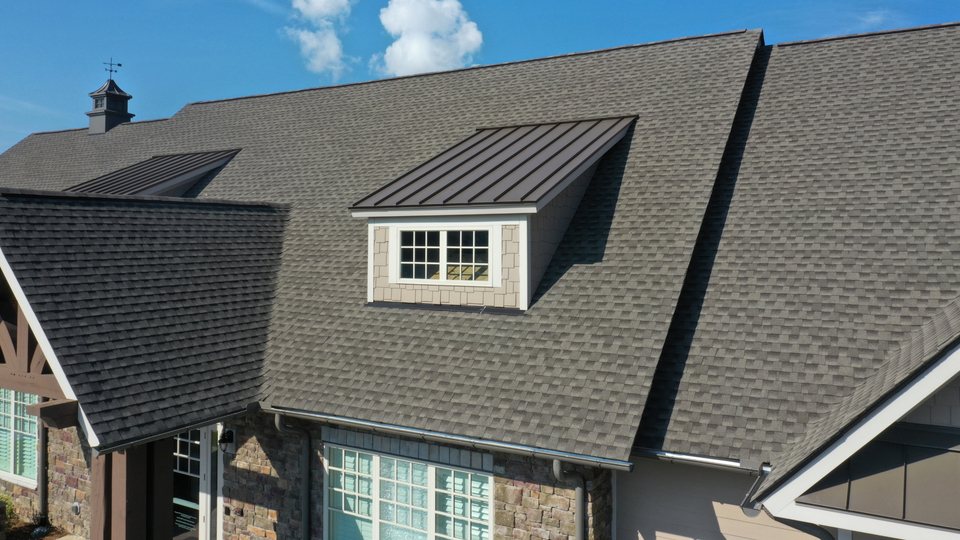
Remember, time is of the essence, especially after a major hail storm. Leaving roof hail damage unattended could lead to leaks, structural issues, and more costly repairs down the line.
For professional help, visit Wisconsin Exteriors Roofing Services. Our team of professionals will guide you through every step – from insurance claims and thorough inspections to expert repairs. We'll ensure your roof is restored to its full strength and protects your home and your investment.
For professional help, visit Wisconsin Exteriors Roofing Services. Our team of professionals will guide you through every step – from insurance claims and thorough inspections to expert repairs. We'll ensure your roof is restored to its full strength and protects your home and your investment.
